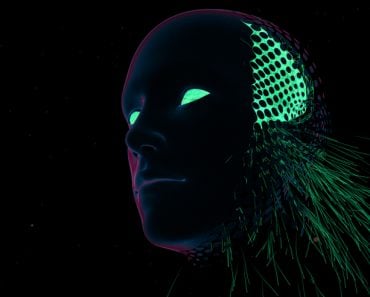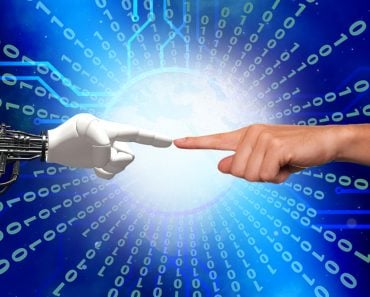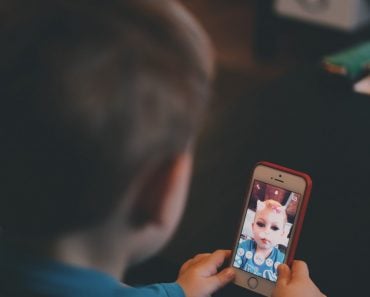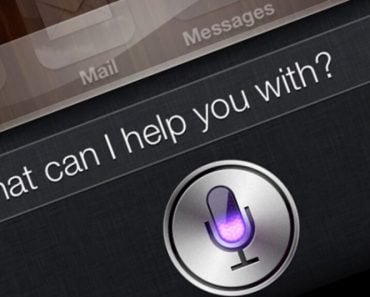Table of Contents (click to expand)
AI cameras are simply cameras that use AI programs to wisely deal with images and videos. Computational photography is usually the core of an AI.
AI (artificial intelligence) is becoming so ubiquitous that it’s rare to spot a smartphone without some type of AI nowadays. “AI camera” is the new hot phrase that audiences keep hearing at the launch of the latest smartphones, especially the middle and high-end ones. For that reason alone, it’s worth knowing what exactly AI in cameras does and how it is benefiting numerous aspects of life – even law enforcement!
Recommended Video for you:
What Is AI Camera?
Artificial Intelligence (AI) is a branch of computer science that tries to teach a computer to think, learn, and perform tasks like a human. Instead of simply being coded to do a particular job, high-powered electronic appliances are loaded with the power of AI, which does not simply instruct it to do a particular job, but actually programs it such that it learns and adapts to user’s behavior and patterns. AI cameras are simply cameras that use AI programs to wisely deal with images and videos.
Computational photography is usually the core of an AI-powered camera. The subject of computational photography is generally split into subsets of technology trying to mimic what humans do, such as voice recognition, voice-to-text composition, image/face recognition, computer vision, and machine learning.
What Makes AI Camera So Special?
That’s all good to know, but what’s the big deal with AI cameras? Well, these advanced cameras help to save time by smartly performing the requisite image processing/enhancement in real time, which would otherwise require hours of toiling with the image on Photoshop or Lighthouse—commercial-grade image editing software.
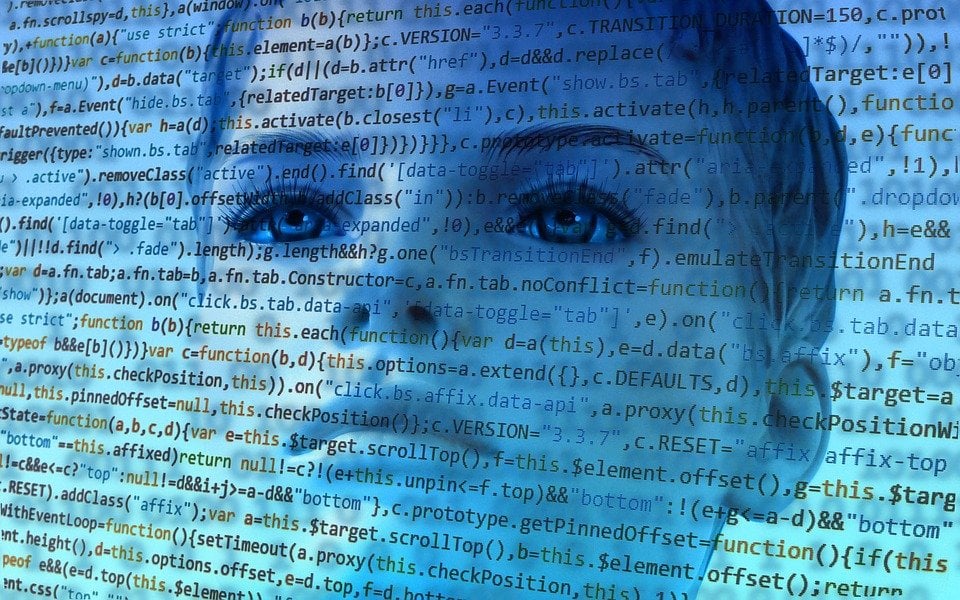
Let us now take a deeper look into the reasons which makes AI cameras so powerful.
Face Recognition
If you are an iPhone 12 owner, you are probably using the face unlock feature. This face unlocking ability is actually an AI program. Aside from expensive iPhones, even the cheaper Android smartphones now come with a face unlock feature. Face unlocking analyses the face of the end-user and remembers it. It even learns about changes in the face, so if you completely shave your long beard or go for a bald summer look after years of dreadlocks, it will still manage to recognize you and unlock your phone if you happen to be its owner. It learns about those changes so that your face doesn’t go unrecognized.
In fact, face recognition is fast becoming the de-facto authentication method for biometrics applications. Assisted by depth-sensing sensors, the level of safety provided by this technology has met the expectations even in high-security settings and applications, such as banking. The development of secure runtime environments (programs and libraries) has led to growing trust in the technology at the user level, meaning that people are now happily accepting this tech in smartphones, not to mention the many companies working to implement this tech in other domains, including cars, homes, and surveillance applications.
Capability To Emulate Hardware
I’m not trying to promote Pixel, but Google Pixel 3 is said to have one of the best camera phones on the market. And the astonishing fact is that it has only a single camera, not the dual camera, which has become standard for flagship phones. Yet it still boasts one of the best cameras. Where does this camera power come from? No prize for guessing, it’s because of the AI tech in the phone! Google has an enormous amount of data that has been accumulated over the years and artificial intelligence is dependent on the quantity of data. Google is miles ahead of its competitors, given its vast ocean of user data. This data helps the tech giant develop accurate computational algorithms that makes camera superpowerful; something other phones can only become when supplemented with additional hardware i.e., multiple camera lenses, specialized sensors etc.
Google Pixel uses a sophisticated AI technology that easily makes up for the smartphone’s lack of a dual lens. Its camera is not only able to produce the bokeh effect, but can also do some optical zooming. Although many smartphone cameras give the bokeh effect without additional lenses, being able to emulate an optical zoom without hardware is truly incredible.
The Top Shot feature by Google is another useful addition of AI. Suppose you want to take a group picture, but one person blinks. It seems like someone is always doing something in a group photo that makes it come out less than ideal. Maybe someone in the group shakes, squints their eyes against the sun, or perhaps an unwanted piece of fluff floats into the frame of the shot. Here, Top Shot AI from Google can salvage your photo by taking a three-second video capturing the moments just before and after you take a picture. Now, when you snap a photo, Google’s camera software will analyze the earlier and later moments just before and after the shot. It will then present a better image recommendation so that you’re not stuck with a bunch of half-decent photos.
How AI Cameras Can Help In Controlling Gun Crime
I’ve talked a lot about AI-powered smartphone cameras, but even security cameras can benefit from AI too. In fact, a company called Athena Security has developed AI for cameras to spot guns and notify law enforcing authorities. The US is witnessing a rising number of gun shootings, making this technology incredibly important. So far in 2018, more than 200 mass shootings have taken place across the country. This is where AI could help the police nab a gunman before he can launch an attack.
AI for security cameras developed by Athena can recognize a wide range of guns and other deadly weapons that bad guys can carry clandestinely and later use to harm others. Whenever this AI-enabled camera spots a gun in the vicinity, it sends a notification to the business owner or nearby law enforcement office. As this system is cloud-based, it also sends streaming footage of the event to a computer database. In fact, this footage can be monitored via an app, so crime prevention can be taken mobile. The user can connect this AI-powered camera to other security systems, such as doors and elevators.
For example, if a gunman tries to enter any premise where a gun is prohibited, the entrance door will be locked automatically. This security system has already been implemented in Archbishop Wood High School in Warminster, Pennsylvania. The company believes that its system is 99% accurate and effective.

To conclude, AI is changing the way that cameras function. Whether it’s recognizing the authorized owner of a device, capturing vivid portrait photos or detecting a gunman’s intention before his any violence can be committed—AI-boosted cameras can serve many purposes without requiring the addition of many hardware components.


